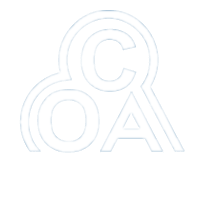The human back is composed of a complex structure of muscles, ligaments, tendons, disks, bones, and nerves. The segments of our spine are cushioned with cartilage-like pads called disks. Problems with any of these components can lead to back pain. In some cases of back pain, its cause is never found.
Strain
Like in any other area of the body the muscles and tendons of the back can be stretched too quickly or too far and become swollen and sore. The good news is this situation can usually be resolved by simple rest and anti-inflammatories. A visit to a doctor may be necessary to determine it’s not a more serious ailment. Strains or spasms may be caused by lifting something improperly, lifting something that is too heavy or the result of an abrupt and awkward movement.
Structural problems – the following structural problems may also result in back pain:
- Ruptured disks – each vertebra in our spine is cushioned by disks. If the disk ruptures there will be more pressure on a nerve, resulting in back pain.
- Bulging disks – in much the same way as ruptured disks, a bulging disk can result in more pressure on a nerve.
- Sciatica – a sharp and shooting pain that travels through the buttock and down the back of the leg, caused by a bulging or herniated disk pressing on a nerve.
- Arthritis – patients with osteoarthritis commonly experience problems with the joints in the hips, lower back, knees, and hands. In some cases, spinal stenosis can develop, which is the term used to describe when the space around the spinal cord narrows.
- Abnormal curvature of the spine – if the spine curves in an unusual way the patient is more likely to experience back pain. An example is a scoliosis, a condition in which the spine curves to the side.
- Osteoporosis – bones, including the vertebrae of the spine, become brittle and porous, making compression fractures more likely.
The spine is vital to the communication of the brain with the body as well as a structural pillar. Any irregularity in the area should be evaluated by a qualified medical professional.

